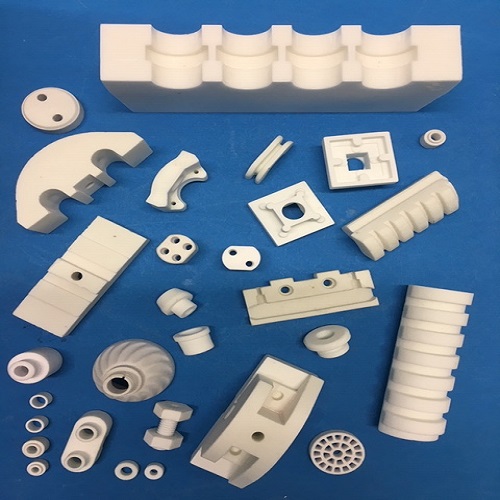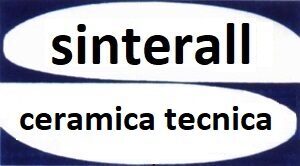The term steatite was initially used as a synonym for talc (hydrated magnesium silicate).
Steatite is heat stable, has excellent dielectric strength, and is therefore recommended as an insulator in the electrotechnical field. It has good mechanical resistance and allows to obtain products with good precision from a geometric and dimensional point of view.
The soapstone (steatite) is pressed, properly shaped, fired at over 1300 ° C and its surface can be vitrified on request to make it less keen to dirt.

TECHNICAL SHEET: STEATITE
Steatite is used in electrical engineering and electronics, where high dielectric strength and good mechanical strength are required. In cases of its applications up to 1000 ° C it is stable in regards to both electrical and mechanical characteristics. Furthermore, it does not show aging phenomena and does not fear UV rays.
Steatite is cheaper than alumina and it is often used in supports for halogen lamps and low voltage fuse holders, in the bases for thermostats and rheostats, in support plates, spacers, in insulating terminals for resistors (including armored ones), plug sockets, and many other applications.
CHEMICAL-PHYSICAL PROPERTIES
Steatite can be used in many fields, thanks to a series of chemical-physical properties that make this material suitable for various applications, especially in the dielectric sector, in consideration, above all, of its cost-effectiveness. The main characteristics of soapstone are:
- Good mechanical characteristics
- Good dielectric characteristics
- Low dielectric constant (very low dielectric loss factor)
- Low thermal conductivity
The negative characteristics are fragility and poor resistance to thermal shock.
